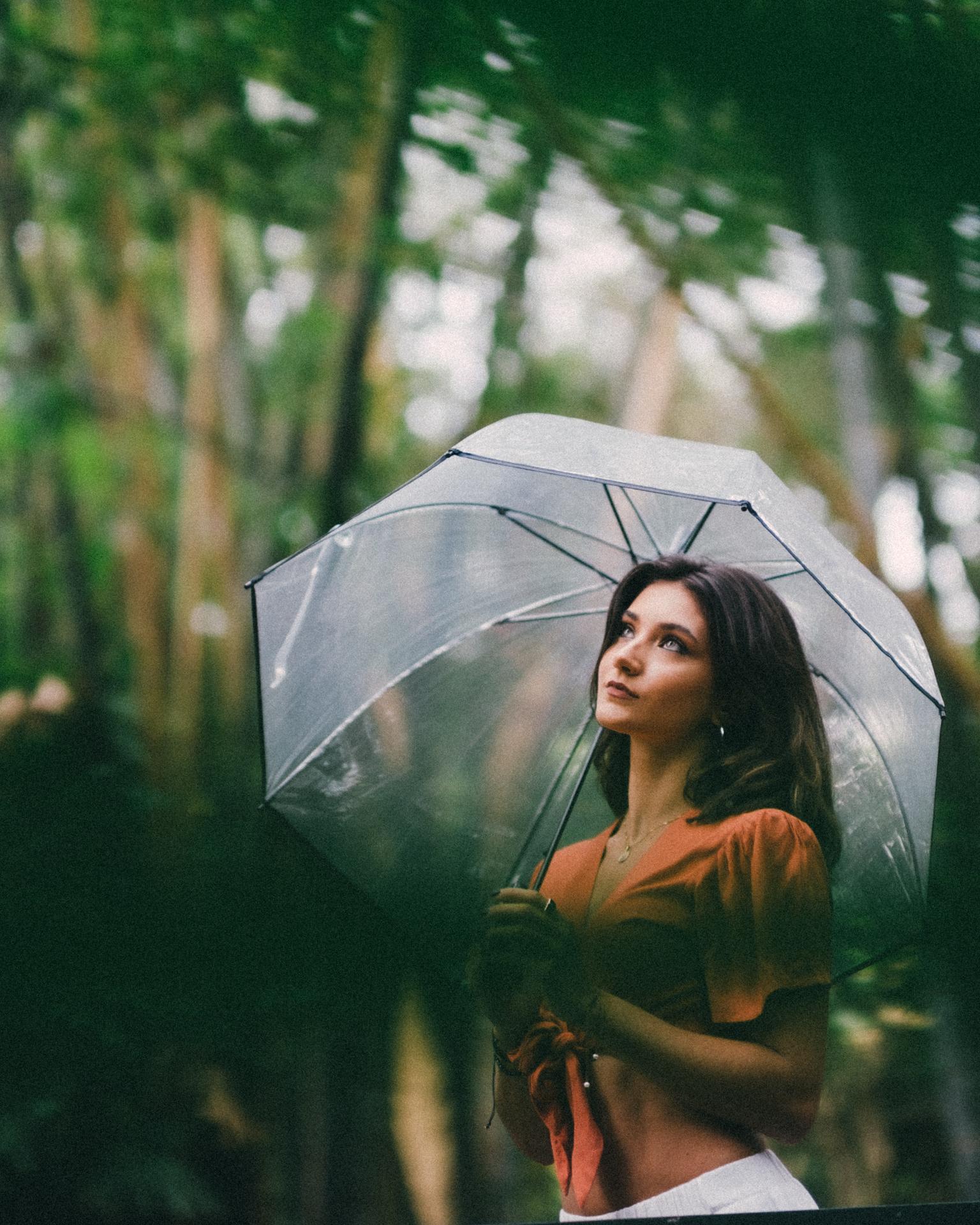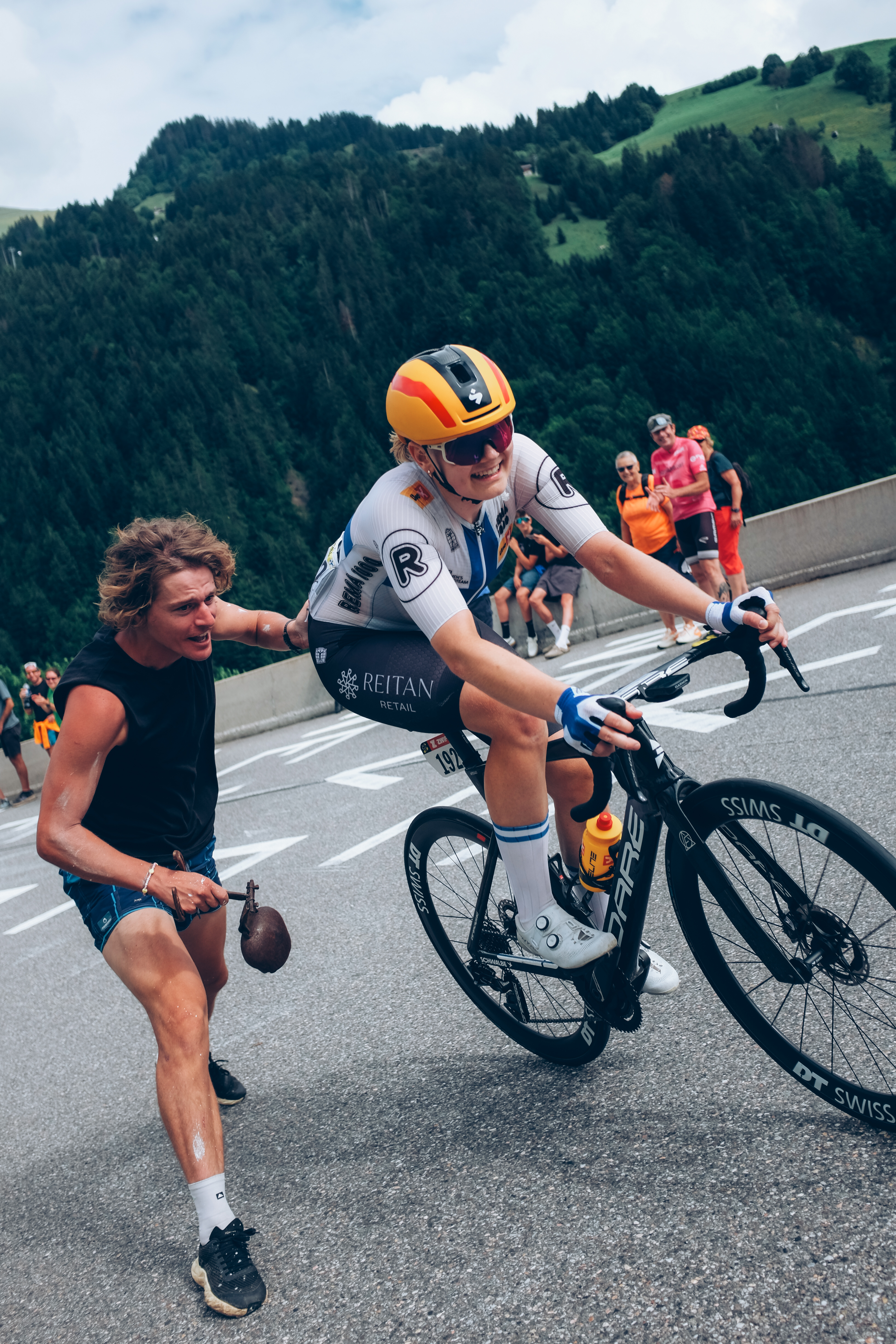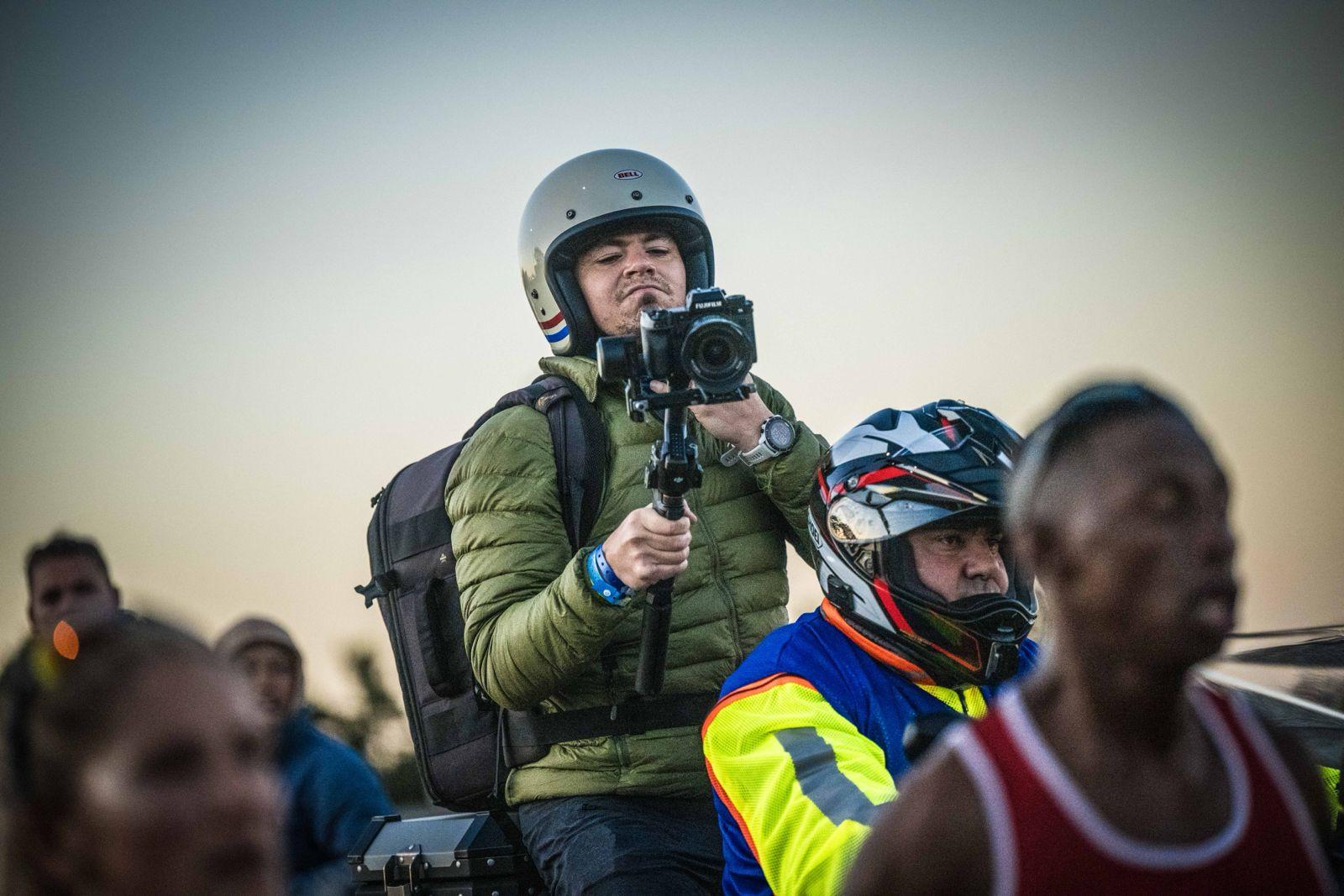Martin Wright – Redbull X Fighters Pretoria 2015 Shoot with V4.00 Firmware
5 Questions – Martin Wright answered after his day at the Redbull X Fighters
(Q1). The Fujifilm XT-1 was not particularly known as an action camera, but the Firmware 4.0 update brought a range of autofocus upgrades to the party. After covering the recent Red Bull X-Fighters event, what are your thought on shooting sport with Fujifilm?
At first I was very sceptical using the X-T1 to shoot anything that moves. I first started with some wide shots with the 16-55mm F2.8 and found it extremely easy to shoot with. I then picked up the 50-140 F2.8 to shoot the faster action and whilst holding down the shutter in continuous shooting mode, I almost fell over at how easy the tracking kept locked onto the bikes. Very few camera’s are able to stay locked in focus, and to my surprise, it handled extremely well.
(Q2). While shooting, was there a feature/functionality of the X-T1 that surprised you?
As mentioned, the continuous tracking function held up with some of the best DSLR’s I’ve shot with, so that is firstly a huge benefit. Another massive surprise was shooting in Vivid mode, the colours were so vibrant and real, it was hard to believe I needed no post-processing.
(Q3). The X-T1’s little brother, the X-T10 has recently been introduced, which provides a lot of the functionality of the X-T1 at a more aggressive price point. Have you managed to test it out at the event? What did you think of it?
I never got to test it at the event but I was fortunate to get my hands on the first model in the country before X-Fighters. I wanted to test the camera in full auto, as I believe it would be a huge benefit for beginner photographers, and all I can say is it will be very hard to buy any camera in that price range that will even remotely match the X-T10. The colour and natural shots this baby gives is worth a lot more money than it sells for.
(Q4). Having a good camera body is one thing, but it must be backed up by good lenses. With which lenses did you shoot with and what were your impressions?
I used both the XF16-55mm F2.8 and the XF50-140mm F2.8. For zoom lenses I would categorically state that they are the best lens to camera match you will find today. The 50-140mm is more compact than I am used to using so it made hand-held shooting an absolute breeze.
(Q5). What is the one stand-out feature of the Fujifilm X-T1 that has benefited you the most and why?
Dynamic Range, Dynamic Range, Dynamic Range. As a professional photographer and retailer I cannot stress how important great dynamic range is in a camera. For sensor size, the X-T1 is far beyond any APS-C sensor available today (with the best Fujifilm glass of course)






Interested to know how you have the dynamic range setting configured?
Thanks for your comment Frank. I first decided that I wasn’t going to shoot Raw primarily to increase the writing speed of the images to the card. I wanted to test out the in-camera JPEG processing but found most cameras have terrible dynamic range in the whites and blacks. Here is the technique.
Set the MENU to Camera 1>BKT/Adv. Setting>BKT Select>Dynamic Range Bkt. This will give you three different dynamic ranges in each of three photos taken with your single press of the shutter button. The camera shoots the first image at 100%, the second at 200% and the third in 400%.
Interested to know how you have the dynamic range setting configured?
Interested to know how you have the dynamic range setting configured?
Great shots, Martin! Ive also found the XF50-140mm 2.8 lens phenomenal. For urban (city-scape) and architectural detail it, along with the XF16-55mm 2.8, combine with the Velvia simulation to give awesome colour rendition. This applies to night shots as well, despite the maximum 2..8 aperture. The other pleasant surprise – contrary to expectations – is the richness of the Bokeh they can both give, the XF16-55 particularly at full stretch, and the XF50-140 along the whole focal range. For XF50-140mm f2.8, the 1.4 teleconverter works like charm, with surprisingly good AF and surprisingly little (if any) loss of IQ – despite the one stop loss of light.
Great shots, Martin! Ive also found the XF50-140mm 2.8 lens phenomenal. For urban (city-scape) and architectural detail it, along with the XF16-55mm 2.8, combine with the Velvia simulation to give awesome colour rendition. This applies to night shots as well, despite the maximum 2..8 aperture. The other pleasant surprise – contrary to expectations – is the richness of the Bokeh they can both give, the XF16-55 particularly at full stretch, and the XF50-140 along the whole focal range. For XF50-140mm f2.8, the 1.4 teleconverter works like charm, with surprisingly good AF and surprisingly little (if any) loss of IQ – despite the one stop loss of light.
Great shots, Martin! Ive also found the XF50-140mm 2.8 lens phenomenal. For urban (city-scape) and architectural detail it, along with the XF16-55mm 2.8, combine with the Velvia simulation to give awesome colour rendition. This applies to night shots as well, despite the maximum 2..8 aperture. The other pleasant surprise – contrary to expectations – is the richness of the Bokeh they can both give, the XF16-55 particularly at full stretch, and the XF50-140 along the whole focal range. For XF50-140mm f2.8, the 1.4 teleconverter works like charm, with surprisingly good AF and surprisingly little (if any) loss of IQ – despite the one stop loss of light.
Great shots, Martin! I’ve also found the XF50-140mm 2.8 lens phenomenal. For urban (city-scape) and architectural detail it, along with the XF16-55mm 2.8, combine wonderfully with the Velvia simulation to give awesome colour rendition. This applies to night shots as well, despite the slightly slow maximum 2..8f aperture. The other pleasant surprise – contrary to expectations – is the richness of the Bokeh they can both give, the XF16-55mm 2.8 particularly at full stretch, and the XF50-140 along the whole focal range. For the XF50-140mm f2.8, the 1.4 teleconverter works like a charm, with surprisingly good AF and surprisingly little (if any) loss of IQ – despite the one stop loss of light. ( Apologies for the re-post, but I saw some typos in my previous post, and couldn’t find a post-post edit icon.)
Great shots, Martin! I’ve also found the XF50-140mm 2.8 lens phenomenal. For urban (city-scape) and architectural detail it, along with the XF16-55mm 2.8, combine wonderfully with the Velvia simulation to give awesome colour rendition. This applies to night shots as well, despite the slightly slow maximum 2..8f aperture. The other pleasant surprise – contrary to expectations – is the richness of the Bokeh they can both give, the XF16-55mm 2.8 particularly at full stretch, and the XF50-140 along the whole focal range. For the XF50-140mm f2.8, the 1.4 teleconverter works like a charm, with surprisingly good AF and surprisingly little (if any) loss of IQ – despite the one stop loss of light. ( Apologies for the re-post, but I saw some typos in my previous post, and couldn’t find a post-post edit icon.)
Great shots, Martin! I’ve also found the XF50-140mm 2.8 lens phenomenal. For urban (city-scape) and architectural detail it, along with the XF16-55mm 2.8, combine wonderfully with the Velvia simulation to give awesome colour rendition. This applies to night shots as well, despite the slightly slow maximum 2..8f aperture. The other pleasant surprise – contrary to expectations – is the richness of the Bokeh they can both give, the XF16-55mm 2.8 particularly at full stretch, and the XF50-140 along the whole focal range. For the XF50-140mm f2.8, the 1.4 teleconverter works like a charm, with surprisingly good AF and surprisingly little (if any) loss of IQ – despite the one stop loss of light. ( Apologies for the re-post, but I saw some typos in my previous post, and couldn’t find a post-post edit icon.)